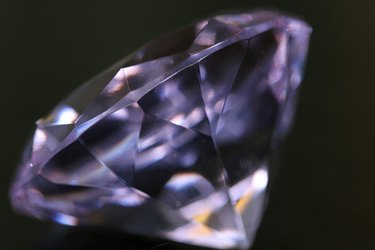
Peter Carl Faberge, a Russian jeweler of French descent, crafted 50 Faberge eggs for the last family of the Romanov Dynasty. Each egg reflected a national or familial current event during the 30 years that preceded the Bolshevik Revolution.
The Egg
Video of the Day
Although Faberge constructed many eggs from gold, some eggs were made of precious stone or other metals. The Alexander Palace Egg, crafted in 1908, is made of jade, according to Brigham Young University. Additionally, one egg is made of rock crystal while another is composed of steel, which reflected the country's involvement in World War I.
Video of the Day
Outer Decoration
Many Faberge eggs were ornately decorated with jewels, precious metals and photos. For example, diamonds and pearls symbolize flowers on the Lilies of the Valley Egg and three diamond-encrusted frames atop the egg display pictures of Nicholas II and two of his daughters.
Inner Decorations
Each egg has an inner component, made of gold or platinum, as a surprise for the recipient. The Red Cross Egg contains framed photos of Empress Alexandra Fedorovna and her daughters in honor of their charity work. Some eggs contain a miniature model of a vacation home, the family yacht or a train.